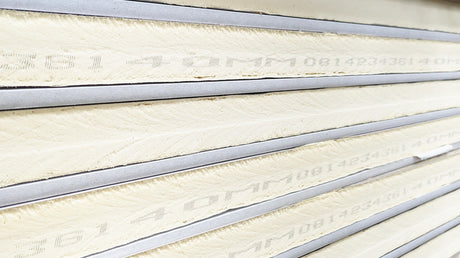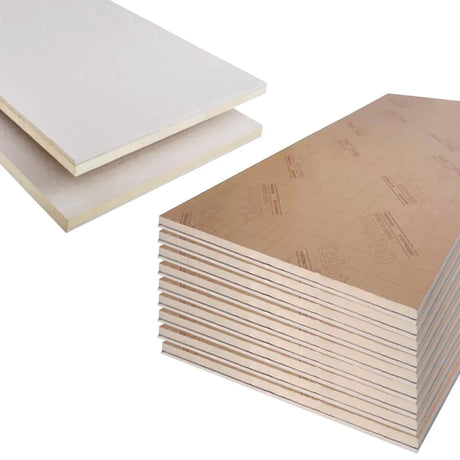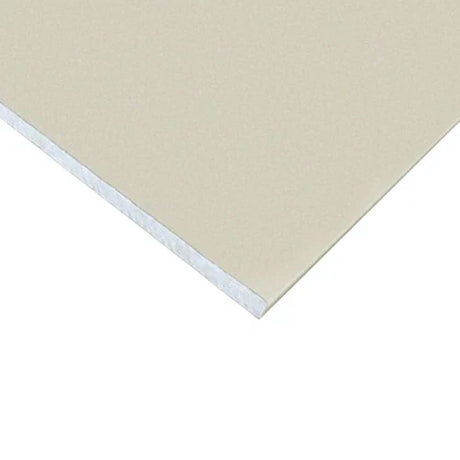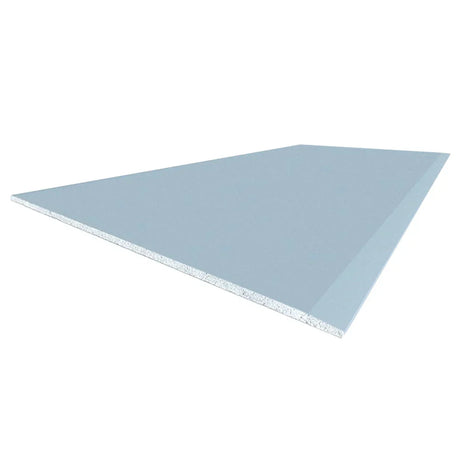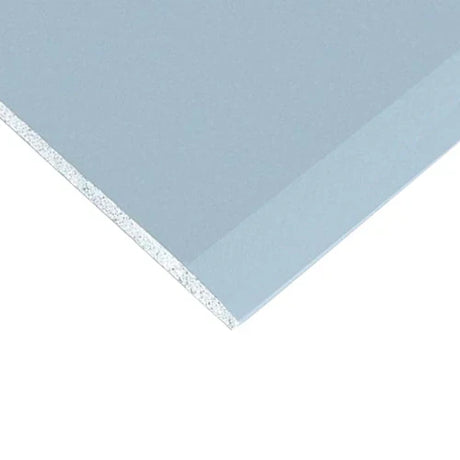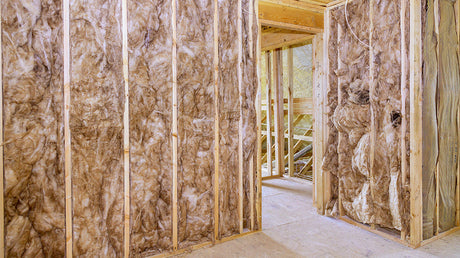Moisture-resistant MDF (often abbreviated as MR-MDF) skirting boards provide enhanced performance in challenging environments through modified manufacturing processes addressing standard MDF's vulnerability to moisture exposure. Understanding these performance characteristics helps ensure appropriate material selection for specific installation locations with varying humidity and water exposure risks.
The fundamental manufacturing difference between standard and moisture-resistant MDF creates significant performance variation despite similar appearance. While standard MDF utilises urea-formaldehyde resins binding wood fibres together, moisture-resistant variants incorporate melamine-urea-formaldehyde or phenolic resins providing substantially enhanced water resistance. Leading UK manufacturers including Medite, Kronospan and Egger produce high-quality moisture-resistant MDF meeting EN 622-5 standards for humid conditions (Type MDF.H), ensuring consistent performance across production batches. This manufacturing distinction creates material 60-70% more resistant to moisture absorption than standard alternatives, though not rendering the material completely waterproof despite significant improvement beyond basic MDF vulnerability potentially creating premature failure in challenging environments despite identical installation quality and initial appearance.
Kitchen environments present moderate moisture challenges readily addressed by quality moisture-resistant MDF skirting. The intermittent humidity spikes from cooking activities, occasional splash exposure near sinks, and floor cleaning maintenance create conditions where standard MDF might gradually deteriorate while moisture-resistant alternatives maintain dimensional stability and structural integrity. Testing by the Building Research Establishment indicates that moisture-resistant MDF typically exhibits less than 4% thickness swelling after 24-hour water exposure compared to 12-15% for standard variants, translating to excellent performance in typical kitchen environments where exposure remains occasional rather than constant despite potentially frequent occurrence. This performance advantage explains why MR-MDF represents the minimum recommended specification for kitchen applications, providing necessary resilience without requiring premium waterproof alternatives potentially appropriate for more challenging bathroom conditions depending on specific usage patterns and ventilation characteristics.
Bathroom applications require careful consideration based on specific usage patterns and ventilation characteristics beyond simple room classification. In well-ventilated bathrooms with shower enclosures containing water effectively, moisture-resistant MDF typically performs excellently with service life expectations of 10+ years without significant deterioration. However, bathrooms with high moisture levels from frequent bathing, inadequate ventilation, or younger family members potentially creating greater water spillage might require additional protection beyond basic moisture-resistant properties. In these challenging environments, proper sealing of all cut edges, exposed ends, and fixing penetrations provides essential additional protection regardless of the board's inherent moisture resistance characteristics. Quality waterproof PVA sealers from manufacturers like Everbuild, Ronseal or Bartoline create effective barriers when applied to all surfaces including seemingly protected areas potentially exposed to moisture penetration through capillary action despite not experiencing direct water contact during normal bathroom usage.
The comparative performance against alternative materials reveals important context for appropriate selection. While solid hardwoods potentially offer greater absolute moisture resistance in properly finished condition, their substantially higher cost (typically 3-4 times moisture-resistant MDF) creates significant budget implications for moisture protection alone without proportionate aesthetic or longevity advantages in typical domestic applications. PVC alternatives provide excellent moisture resistance but frequently lack the aesthetic qualities and painting flexibility offered by quality MDF options. This comparative analysis explains why moisture-resistant MDF frequently represents the optimal balance between performance requirements and budget considerations for most domestic moisture-challenged environments, providing necessary resilience without excessive cost potentially unjustified by actual exposure conditions in properly maintained modern kitchens and bathrooms with effective ventilation systems managing moisture levels below truly challenging thresholds requiring specialised waterproof materials regardless of cost considerations.
Proper finishing plays crucial roles in enhancing inherent moisture resistance regardless of specific MDF type selection. Quality primer specifically formulated for MDF creates essential sealing particularly important for cut edges where exposed fibres might otherwise create wicking paths for moisture penetration despite the board's general moisture resistance. Products from manufacturers like Zinsser, Dulux or Johnstone's specifically formulated for MDF application provide superior sealing compared to standard wood primers potentially inadequate for the specific absorption characteristics of manufactured board products. Following proper priming, minimum two coats of quality water-based satin or gloss paint create additional moisture barriers while providing the desired decorative finish. This proper finishing transforms even basic moisture-resistant MDF into highly water-resistant systems approaching solid surface performance without the associated cost implications potentially unjustified for typical domestic applications despite occasional water exposure during normal household activities.
Installation techniques significantly influence moisture performance beyond inherent material characteristics. Maintaining minimum 2-3mm clearance between skirting bottom edges and bathroom flooring prevents direct water contact during floor cleaning or minor spillage events, while appropriate sealant application at wall junctions prevents water penetration behind boards potentially causing hidden deterioration despite proper surface protection. Fixing methods deserve particular attention in moisture-risk environments, with adhesive fixing generally outperforming nail systems potentially creating additional water penetration paths through each fixing penetration despite proper surface finishing. These installation considerations explain why professional fitting frequently delivers substantially better moisture performance than DIY alternatives despite identical material selection, as experienced installers incorporate these protective details more consistently ensuring comprehensive moisture protection beyond simple material specification potentially undermined by installation oversights despite adequate material moisture resistance characteristics.
Maintenance requirements remain modest despite enhanced performance capabilities. Regular cleaning with slightly damp cloths rather than wet methods provides adequate maintenance without introducing unnecessary moisture, while annual inspection addressing any finish damage ensures ongoing protection throughout the service life. Should minor damage occur, prompt repair using appropriate fillers, spot priming, and touch-up painting prevents progressive deterioration potentially spreading beyond the initial damage point through exposed fibres wicking moisture into previously protected board sections. This straightforward maintenance approach explains why properly installed moisture-resistant MDF frequently delivers 15+ years service in typical domestic bathrooms without significant deterioration despite regular exposure to challenging conditions potentially compromising standard MDF within 2-3 years despite identical installation quality and maintenance attention.
The cost-benefit analysis reveals compelling advantages for moisture-resistant variants despite modest price premiums. With typical cost increases of only 10-15% above standard MDF (approximately £0.50-0.75 per linear metre for typical skirting profiles), moisture-resistant options deliver substantial performance enhancement representing excellent value particularly considering the significantly higher replacement costs potentially incurred through premature failure in moisture-challenged environments. This modest investment typically extends potential service life by 300-400% in bathroom applications and 150-200% in kitchens compared to standard variants, creating compelling lifetime value propositions beyond simple installation cost considerations potentially emphasising minimal initial investment without considering likely service life implications in specific installation environments.
At DIY Building Supplies, we stock comprehensive ranges of moisture-resistant MDF skirting boards and architraves from leading UK manufacturers, ensuring appropriate options for all moisture-challenged environments regardless of specific exposure conditions or aesthetic requirements. Our technical advisors provide expert guidance on appropriate material selection based on your particular installation location, helping balance performance requirements with budget considerations ensuring optimal specification without unnecessary over-specification potentially creating unjustified costs for specific application conditions.



